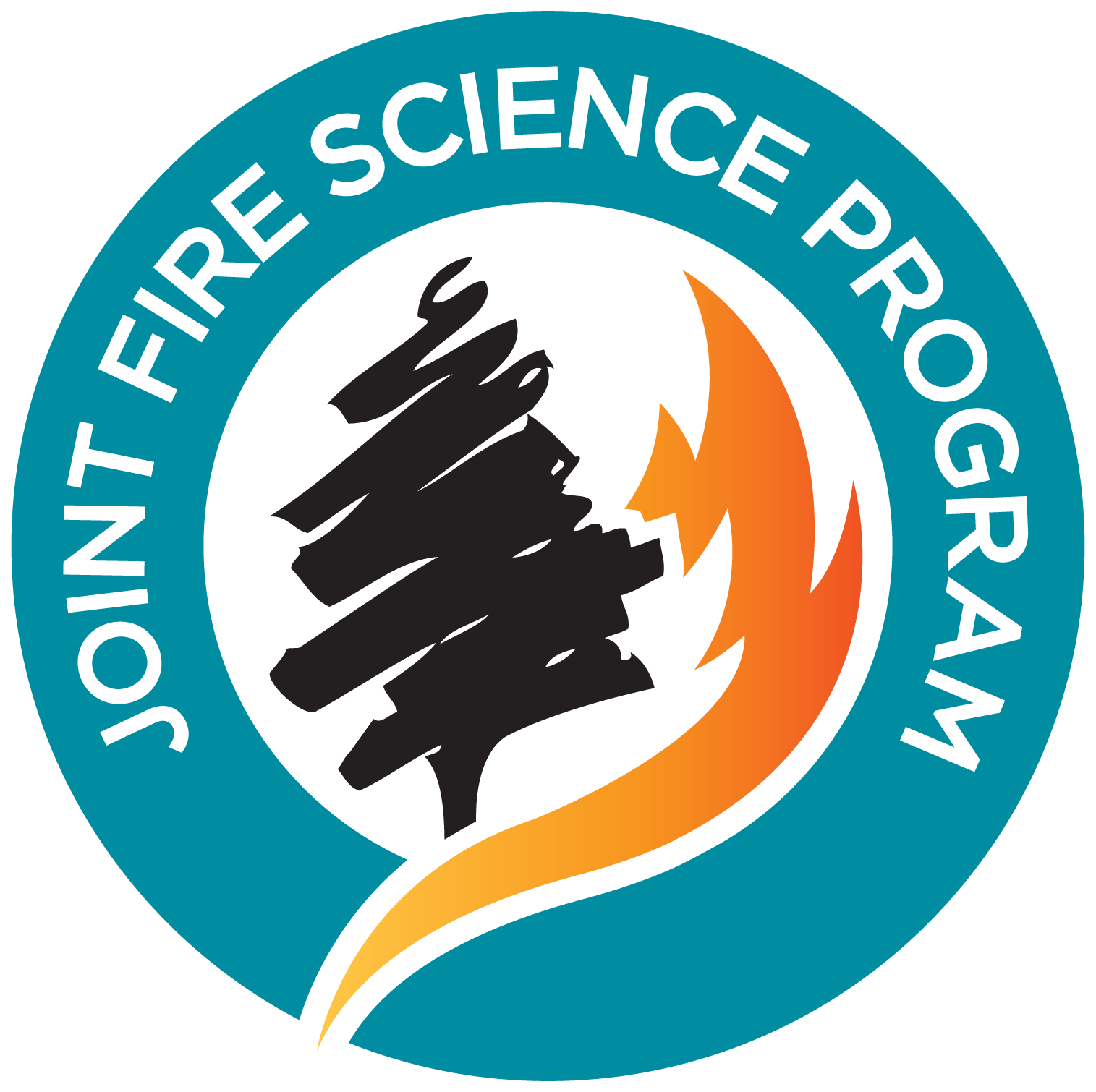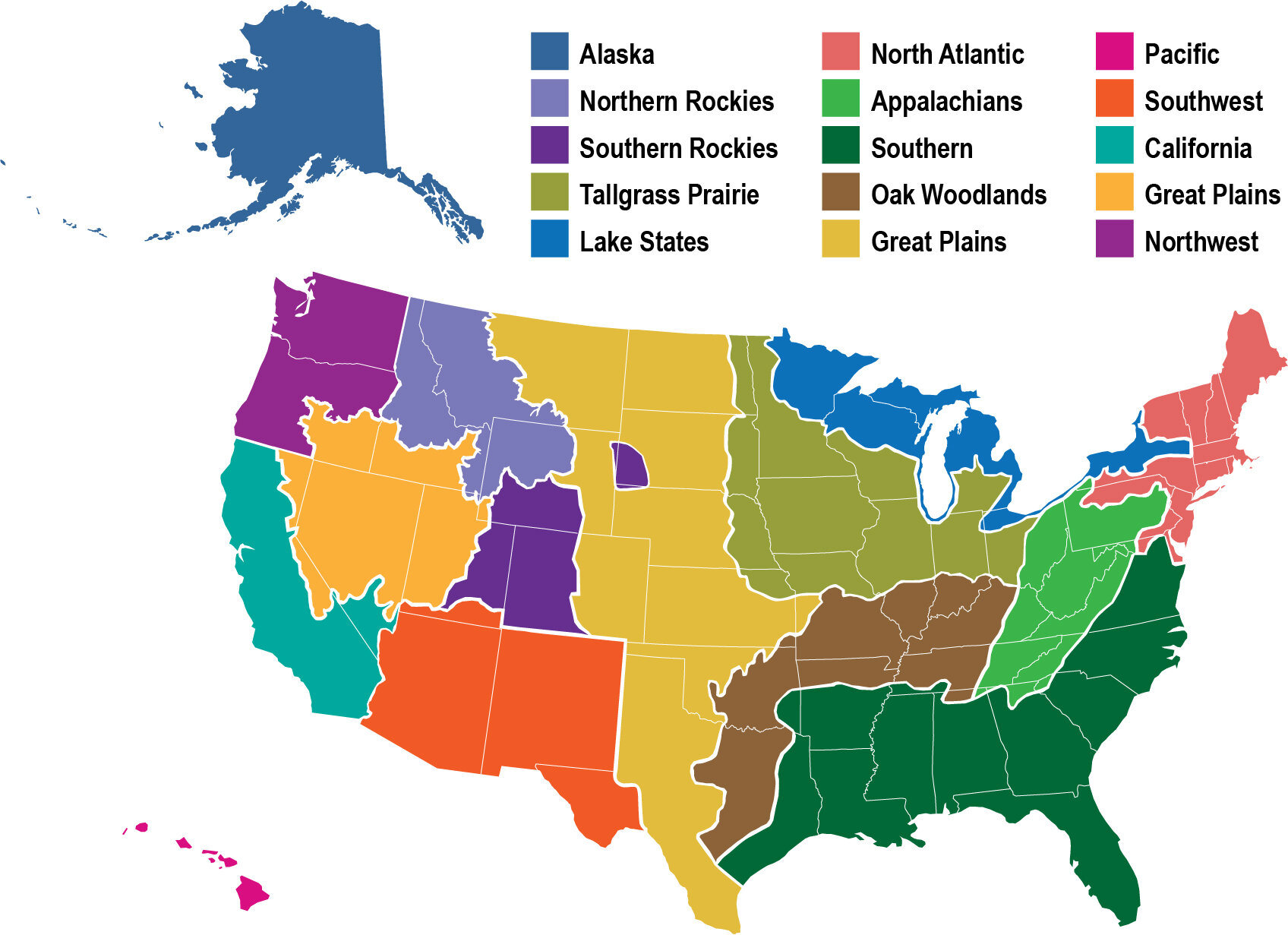Synthesis of Knowledge of Extreme Fire Behavior: Volume I for Fire Managers General Technical Report
/Abstract: The objective of this project is to synthesize existing (extreme fire behavior) EFB knowledge in a way that connects the weather, fuel, and topographic factors that contribute to development of EFB. This synthesis will focus on the state of the science, but will also consider how that science is currently presented to the fire management community, including incident commanders, fire behavior analysts, incident meteorologists, National Weather Service office forecasters, and firefighters. It will seek to clearly delineate the known, the unknown, and areas of research with the greatest potential impact on firefighter protection.
View Full Report PDF >




